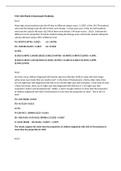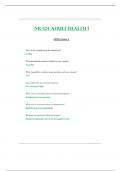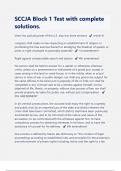Summary
Violence and Security, Paradigms and Debates, midterm summary 2023
- Module
- Institution
Hello. This is a summary of the lectures and readings for the course Violence and Security, Paradigms and Debates for the midterm. Bachelor's of Political Science at University of Amsterdam
[Show more]












